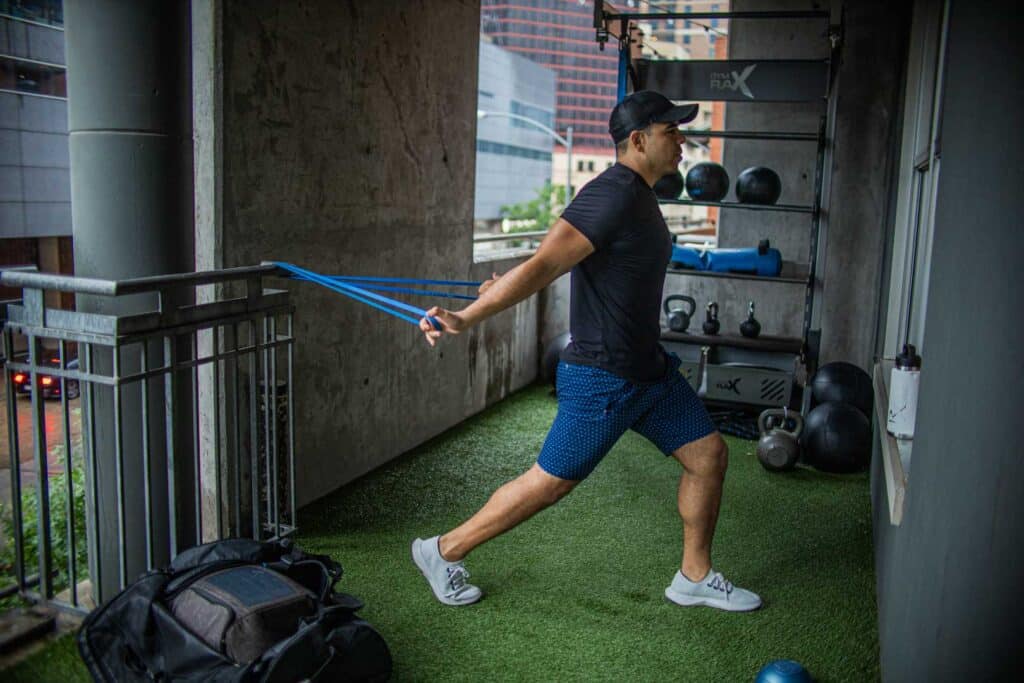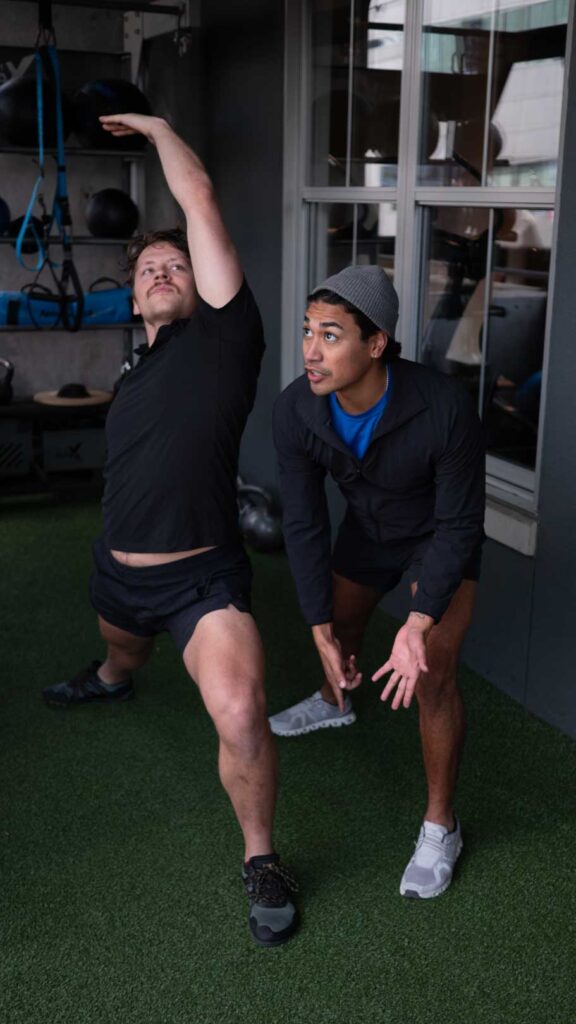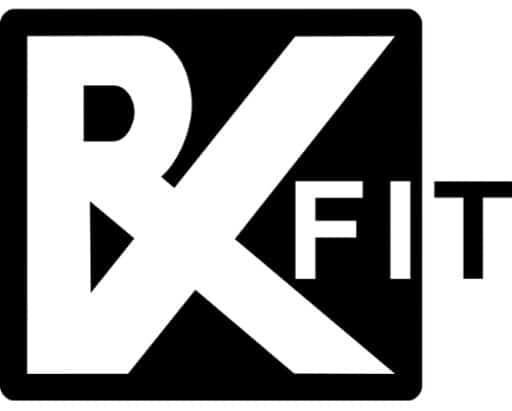Why We Bruise from Workouts and What to Do About It—A Trainer’s Take
Are you getting bruises from workouts? Trust me, you’re not alone. Bruises can happen when we push ourselves, especially when trying new exercises or lifting heavier weights. Let’s dive into why these little “trophies” show up and, more importantly, how to prevent them so your body looks (and feels) its best!
What Causes Bruising During Workouts?

First, let’s talk science: bruises are just capillaries (those tiny blood vessels) getting squashed under pressure, spilling some of their contents under the skin. In workouts, that pressure can come from weights, intense cardio, or equipment. It’s like your capillaries saying, “Hey, that was rough!” Some people bruise easier, while others can go harder without a mark. It’s all about how our skin, capillaries, and muscle support interact.
Why Do I Get Bruises on My Forearms and Legs from Working Out?
Bruises love to pop up on your forearms during weightlifting, especially when gripping weights or doing kettlebell swings. Meanwhile, cardio activities like running can give you some “leg souvenirs” due to repetitive impact. If you’re noticing this a lot, though, it could be a sign that we need to tweak your technique a bit. That’s where having a personal trainer can make a huge difference.
Types of Exercises That Lead to Bruising (Or: How to Bruise Like a Pro)
Some workouts are simply “bruise happy.” Here’s a rundown:
- Weightlifting and Bruises on Forearms: Got bruises around your wrists or forearms? Welcome to weightlifting! Heavy weights or improper gripping can leave you marked. We can work on form, grip adjustments, and even use wrist wraps for a cushioned experience.
- Running and Bruises on Legs: Running may not seem rough, but repetitive pounding takes a toll on the legs. Bad shoes and hard surfaces can also lead to “mystery bruises” on the shins and calves.
How to Prevent Bruising from Workouts
Want to avoid these purple marks? As your personal trainer, I’ve got some tricks up my sleeve.
Warm-Up and Cool-Down: Your Bruise Prevention Superpowers
Skipping warm-ups is like revving a car engine before winter. Warm-ups get blood flowing, which makes your muscles and blood vessels better prepared for action. Cooling down afterward is just as important, reducing that post-workout stiffness and minimizing bruising.

Safe Techniques for Using Weights and Equipment
Learning how to handle weights, resistance bands, and other tools properly can go a long way. And if you tend to get bruises from gripping, try wrist wraps or gloves for a bit of padding. Trust me, they’re way cooler than random bruises!
In-Home Personal Trainer: A Bruise Buster
Having an in-home personal trainer means every workout gets a personal tune-up. We’ll tackle your form and work on exercises that build your muscles evenly, so you’re less prone to capillary breakdown. Plus, having me in your corner lets us make adjustments that avoid unnecessary strain on those trouble spots.

Dealing with Bruises: Recovery Tips
So you’ve got a bruise—no biggie! Here’s how to deal.
The R.I.C.E. Method
- Rest: Take it easy and give the bruised area a break.
- Ice: This reduces blood flow, which eases discoloration.
- Compression: Wrap it up to reduce swelling.
- Elevation: Raise the bruised area to limit blood flow.
Knowing When to See a Doctor
Most bruises are harmless, but if it’s not healing or is particularly painful, we might be dealing with something beyond “gym bruise.” If in doubt, let’s get it checked.
Long-Term Prevention
While bruising is sometimes unavoidable, we can keep it to a minimum by focusing on muscle strengthening. Strengthening the muscles around easily bruised areas—like forearms and legs—gives you a buffer, so capillaries are less likely to break under pressure.
FAQs from a Bruise-Free Trainer
- Why do I keep getting bruises on my forearms? This happens a lot with new weightlifters and comes from squeezing weights too tightly. We can try adjusting your grip and adding support gear if necessary.
- Is bruising during workouts a bad sign? Not always! Occasional bruises are normal. But frequent or painful ones could mean we need to check your form or reduce the weight for a bit.
- How can a personal trainer help with bruising? I’ll keep an eye on form, adjust weights gradually, and build up strength so your body can handle intense workouts without looking like you wrestled a brick wall.
- Can I work out if I have a bruise? Yes, but go easy on the bruised area. And if it’s sore, let’s avoid aggravating it with direct exercises.
- What kinds of workouts are less likely to cause bruising? Controlled, lower-impact exercises and using proper form in strength training are key. With good technique and the right equipment, you can keep workouts effective and bruise-free!
Wrapping Up: Workout Strong, Bruise Less
Bruises are a part of life, but they don’t have to be a regular part of your workout routine. With good form, consistent warm-ups, and a few smart tricks, we can make sure your workouts give you strength—not splotches! So let’s keep moving, stay mindful, and make those bruises a thing of the past.
